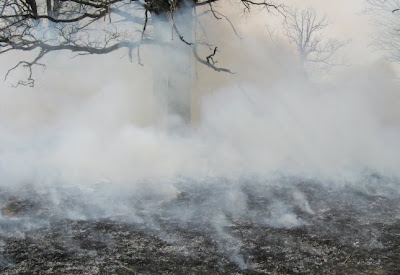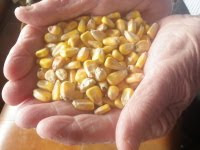Iroquois Corn Fields... as Far as the Eye Can See!

When we think of the First Nations growing corn… many visualize quaint family plots growing outside the longhouse palisade. Actually the fields were so big that visiting priests complain about getting lost in them. We are talking about fields 100 to 1,000 acres in size. The land was cleared in a three season split. First year all the brush and lower branches were cleared and put around the big trees which were girdled. In the next spring the girdled trees were burned and cut down. The third year is when corn would be planted. The first two years of corn was the best yields. If a field got too low in production it was left fallow for two years. Never were all fields growing crops at once. Preparing the corn seed was done by soaking the seed in a corn medicine solution for one hour. Then put in a basket and wait until it started to sprout. The corn varieties used were flint corns adapted to the shorter growing season. There was also soft white & yellow corn… and gummy or sugar

